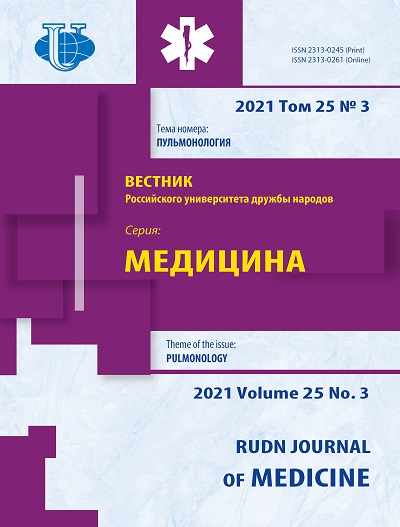Abstract
The article presents a clinical observation of a rare dermatosis - Jadassohn anetoderma. The described case demonstrates the important role of differential diagnostic in patients with atrophic skin changes, paying attention to the possibility of rare dermatoses. Difficulties in diagnosing such diseases are largely due not only to the low frequency of occurrence in the practice of a dermatologist, but also to the sometimes-untimely treatment of patients due to the lack of subjective sensations, especially when the rashes are located in places inaccessible for self-examination. At the same time, despite the fact that the exact pathophysiological mechanisms of the development of anetoderma remain unknown, a number of studies indicate the possibility of autoimmune diseases of the connective tissue, antiphospholipid syndrome and an increased risk of thromboembolic complications in such patients. This fact convincingly proves that the timely diagnosis of anetoderma not only makes it possible to form the correct approach to the management of such patients, but also to provide vigilance regarding the development of autoimmune pathology of the connective tissue.















